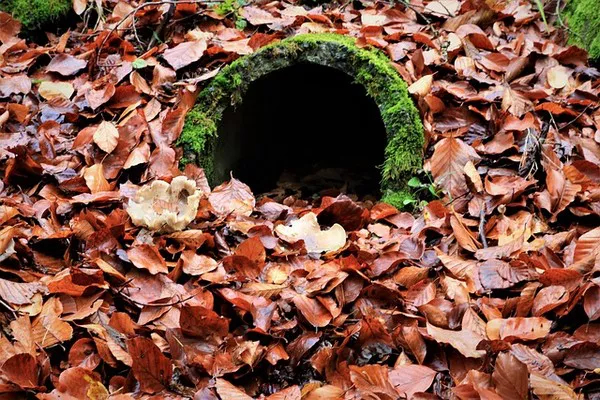In the realm of wastewater treatment, various technologies play pivotal roles in ensuring the effective removal of contaminants before the treated water is discharged into the environment. One such essential component is the comminutor. This article delves into the intricacies of comminutor wastewater treatment, shedding light on its functions, applications, and significance in modern wastewater management systems.
Comminutor Wastewater: Definition and Purpose
A comminutor is a mechanical device designed to break down solid waste particles into smaller fragments within wastewater. The primary purpose of a comminutor is to reduce the size of solid materials, such as plastics, paper, and other debris, present in the wastewater stream. By doing so, the comminutor facilitates the subsequent stages of the wastewater treatment process, ensuring a more efficient and thorough removal of impurities.
How Comminutors Work
Comminutors typically employ sharp blades or cutting elements to shred and grind solid materials into smaller, manageable pieces. These devices can be installed in various sections of a wastewater treatment plant, such as screening facilities or directly in sewer systems. The cutting mechanism may be configured in various ways, including rotating blades or grinding elements, to effectively break down different types of solid waste.
Applications of Comminutor Wastewater Treatment
Screening Facilities:
Comminutors are often integrated into the preliminary treatment stages of wastewater treatment plants, where they work in conjunction with screens to remove larger solid debris. By breaking down these materials into smaller fragments, the comminutor facilitates their passage through subsequent treatment processes, preventing clogging and damage to downstream equipment.
Sewer Systems:
In some cases, comminutors are installed directly in sewer systems to address solid waste at the source before it reaches the treatment plant. This proactive approach minimizes the risk of blockages and ensures a smoother flow of wastewater through the collection system.
Combined Sewer Overflows (CSOs):
Comminutors play a crucial role in preventing combined sewer overflows by reducing the size of solid materials in the wastewater. This is particularly important in areas where stormwater and sanitary sewage share the same pipes, as heavy rainfall can overwhelm the system, leading to overflows.
Significance of Comminutor Wastewater Treatment
Reduced Maintenance Costs:
By breaking down solid waste into smaller particles, comminutors contribute to the prevention of equipment clogs and damage downstream. This reduction in maintenance requirements leads to cost savings for wastewater treatment plants and extends the lifespan of equipment.
Improved Treatment Efficiency:
Comminutors enhance the overall efficiency of the wastewater treatment process by preparing the influent for subsequent treatment stages. Smaller solid particles are more easily separated and removed, resulting in higher treatment effectiveness.
Environmental Protection:
The proper functioning of comminutors prevents the release of untreated or inadequately treated wastewater into natural water bodies. This safeguards the environment by minimizing the impact of pollutants and contaminants on aquatic ecosystems.
Challenges and Considerations
While comminutors offer significant benefits in wastewater treatment, certain challenges and considerations must be acknowledged:
Energy Consumption: The operation of comminutors requires energy, and the environmental impact of this energy consumption should be carefully considered. Efforts should be made to optimize energy efficiency and explore sustainable alternatives.
Maintenance Requirements: Although comminutors reduce maintenance needs downstream, they themselves require periodic maintenance to ensure optimal performance. Regular inspections, cleaning, and blade replacement are essential to prevent malfunctions.
Monitoring and Control: Advanced control systems and monitoring tools are necessary to regulate the operation of comminutors effectively. This helps ensure that the devices respond to varying wastewater characteristics and remain adaptable to different flow conditions.
See Also What Does Wastewater Treatment Do
Conclusion
Comminutor wastewater treatment stands as a critical component in the multifaceted approach to managing and treating wastewater. By breaking down solid waste into smaller particles, comminutors contribute to the overall efficiency of the treatment process, reduce maintenance costs, and protect the environment from the adverse effects of untreated contaminants. As advancements in technology continue, the integration of smart monitoring systems and sustainable practices will further enhance the role of comminutors in achieving sustainable and effective wastewater management.

